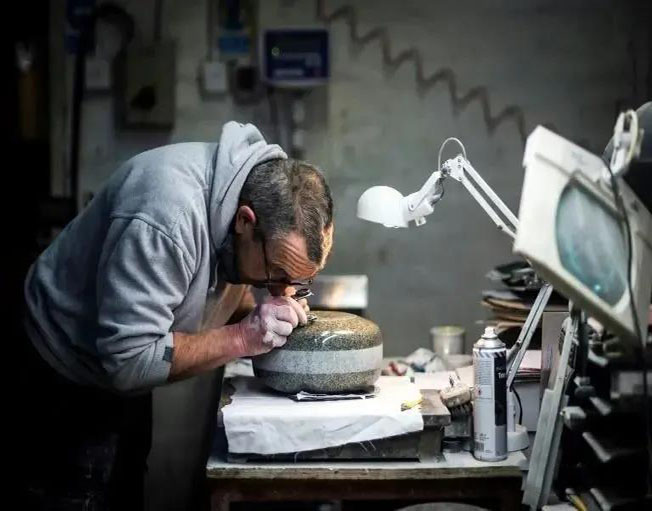With the holding of the Beijing Winter Olympic Games, ice and snow sports have been set off a boom, and curling, which has always been out of favor, has attracted more and more people's attention.
1. What is curling
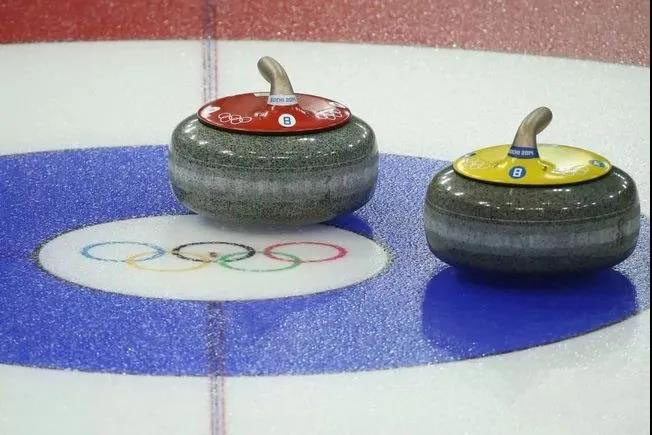
Curling, also known as Curling, is a throwing competition on ice played by teams. It tests the physical strength and mental capacity of participants, displays the beauty of movement and wisdom of choice, and is described as the "chess" on ice.
Curling was introduced as a demonstration sport at the first Winter Olympics in 1924.
2.The origin of curling
In the academic circles, there are still debates about the origin of curling, including two views: the continental origin of Europe and the Origin of Scotland. Either way, curling is a sport with a long history.
The oldest surviving curling stone was found at the bottom of Dunblane Pond in Scotland and was carved in 1511.
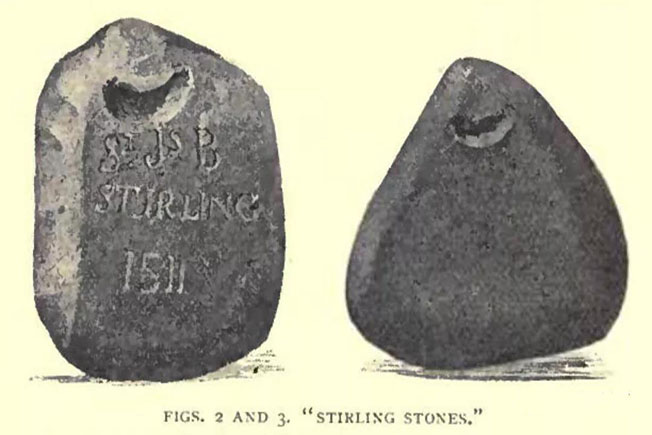
▲The stone, dated 1511, is the oldest in existence and is kept at the Starling Smith Museum of Fine Arts in Scotland.
The sport is also recorded in Renaissance works, such as Dutch painter Pieter Bruegel's "Hunters in the Snow" (1565), which shows how curling had become a pleasure for farmers during the cold winter months. According to historical records, ice sports played in the low countries of continental Europe in the 6th century bore some similarities to modern curling, but there were significant differences. Over time, the game evolved with Scottish stone and the form of the game improved, eventually developing into curling as we see it today.
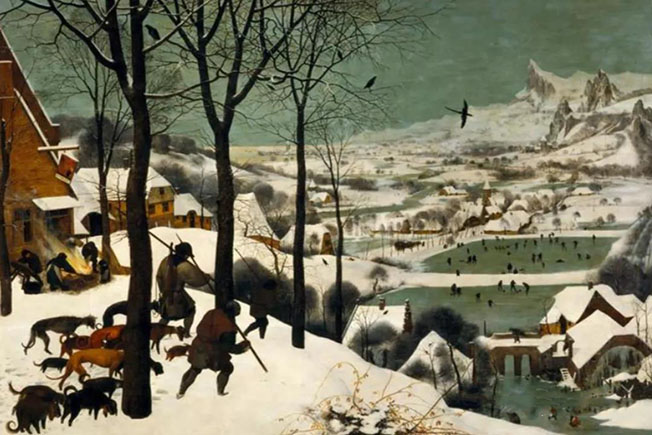
▲Renaissance Dutch Painter Pieter Bruegel's The Hunter in the Snow (1565)
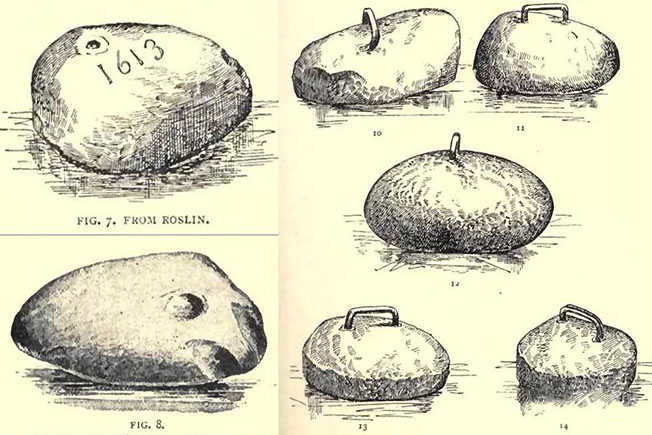
▲ Various shapes of early curling stones
3. The making of curling stones
Now the international commonly used curling is mainly composed of the body, handle and bolt, and the body can be further divided into the body, top and bottom. According to the Chinese Curling Association (2014), the circumference of a curling stone used for competition should not exceed 91.44 centimeters (36 inches), the height should not be less than 11.43 centimeters (4.5 inches), and the weight should not exceed 19.96 kilograms (44 pounds), including the handle and screws, and not be less than 17.24 kilograms (38 pounds).
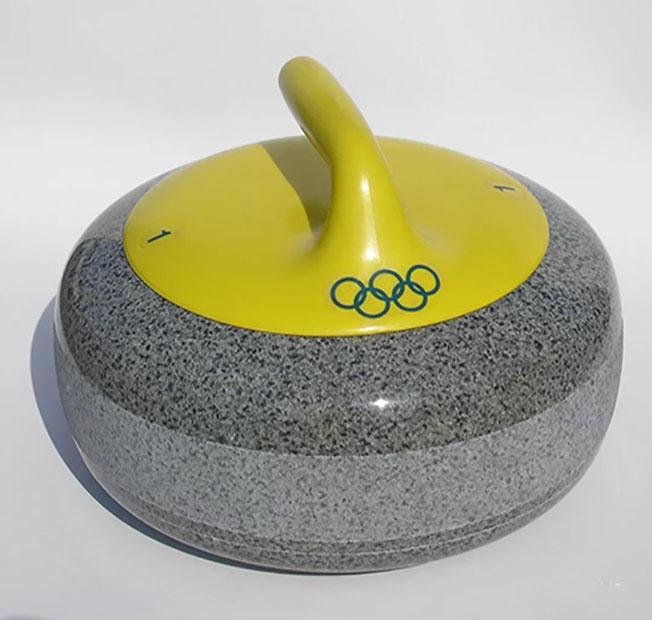
The rules of curling determine the particularity of curling stone.
Ordinary granite, which cracks due to repeated collisions in competition, is the only granite that can be used in curling.
(1) Impact resistance, mainly for the side of curling. In order to score points, athletes will keep hitting the stones of their teammates or opponents, which requires that the stones are stone shaped and hard, and the material composition is uniform and the mineral particles are fine.
(2) impervious to water, mainly for the underside of the curling. Because curling is on the ice, the underside is in direct contact with the ice for a long time, which requires that curling stone is not only wear-resistant, but also dense and impermeable to water.
Therefore, the curling stone we see is not simply made of a stone pier, but is assembled from two different rock materials.
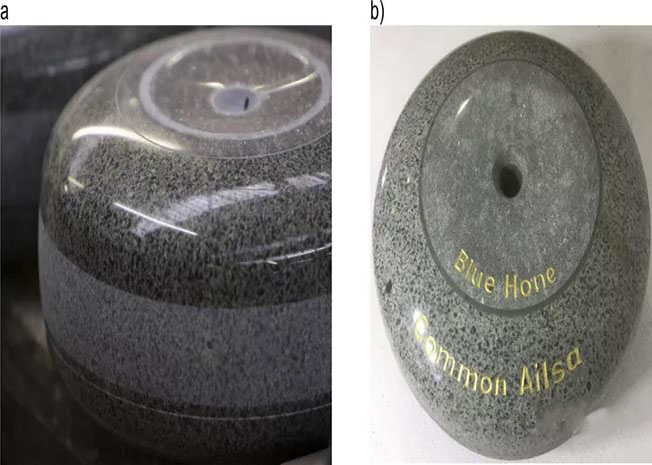
Common Ailsa and Blue Hone are two different stones used for the main body and the underside of the stone.
At present, the world's curling stones are mainly from two places: Ailsa Craig in Scotland, which has two-thirds of the stones and is regarded as the best, and The Common Ailsa and Blue Hone in North Wales.
It retains its shape even when ground and wet, making it the perfect material for curling stones. So, it's been supplying curling to tournaments around the world.
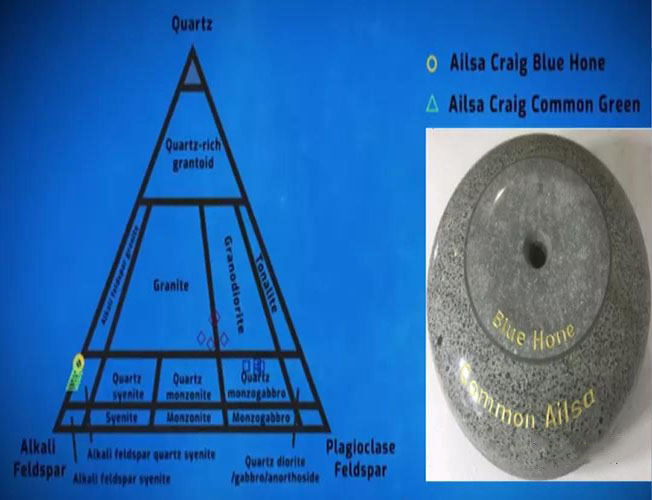
▲ The rock types of islsa Craig's curling stones
Previous studies have shown that ailsa Craig island curling stone was formed at 62Ma (million years) and is an alkaline granite. The fresh surface of the rock is gray, medium-fine granite structure, massive structure, mainly composed of potassium feldspar, quartz, plagioclase, hornblende (dark mineral), composition is uniform. Common Ailsa, which is used for curling, has thicker particles, while Blue Hone, which is used for the underside, has finer and denser particles and is considered the best underside stone.
According to the introduction, the production of a curling, to go through mining, cutting (blank), drilling (according to the handle), grinding, installation of the bottom, polishing and other links. Not only that, each link also includes a number of processes, such as polishing, the use of different precision sandpaper, from rough polishing, fine polishing to the final fine polishing.
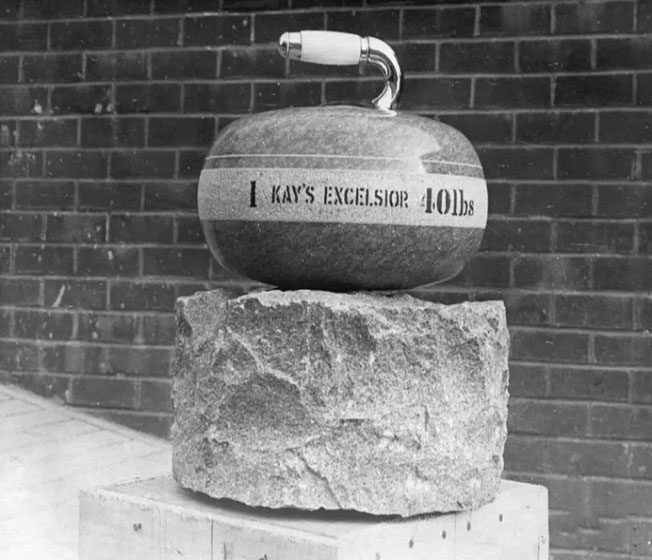
4. The curling process
More than 20 steps are needed to make a curling stone, which is first cut from granite rough stones.
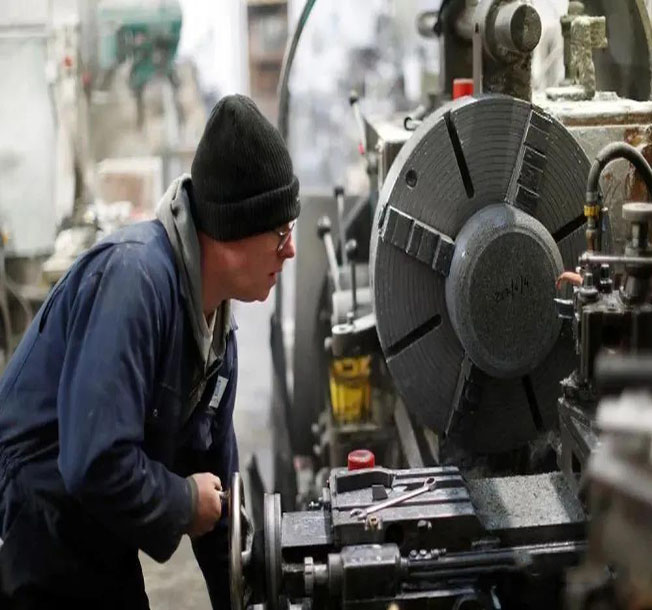
The granite is then polished in a machining machine to create an oval shape.
Finally, it is polished and fitted with handles. The manufacturing process is very complicated and the labor cost is high.
